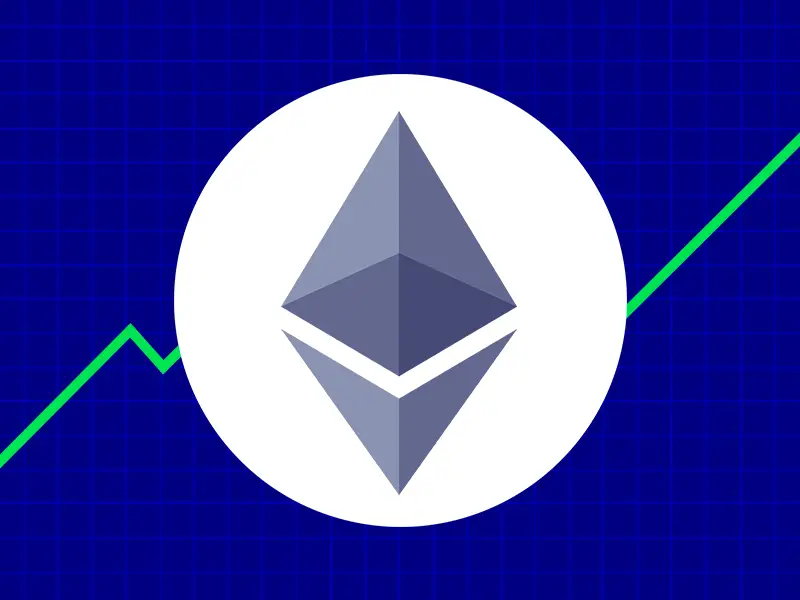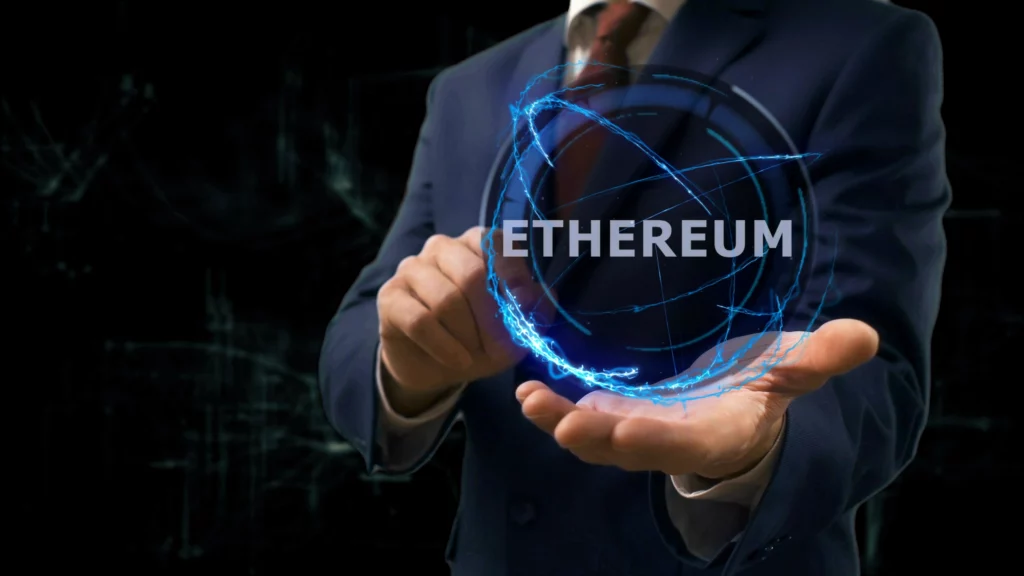In the wake of the 2020s, cryptocurrency has been making headlines in the financial world. Crypto mining and staking are two examples of new financial information emerging today.
In participation in and contribution to blockchain protection and to get network rewards, Ethereum staking entails locking up a certain amount of ETH (Ethereum) in the blockchain for a fixed timeframe.
Generally, in a proof-of-stake blockchain, staking is staying active in transaction authentication (akin to mining). On these blockchain systems, anyone with a minimal amount of a particular cryptocurrency in their account can confirm transactions and receive staking incentives.
Proof of stake is a different way to reach a consensus than the traditional “proof of work.” Mining is not the same as proof of stake. Mining is the term used to describe the proof-of-work consensus technique and a computer’s ability to put in the required amount of effort and processing power to complete each blockchain transaction.
Here is why companies should consider staking Ethereum:

It is Energy Sufficient
With ETH2, two significant advancements are introduced: sharding and Proof of Stake (PoS). As a substitute for Proof of Work (PoW), PoS is regarded as a highly safe and energy-efficient consensus mechanism for blockchain technologies.
PoW blockchain technologies like Bitcoin and ETH1 compensate miners for resolving cryptographic problems necessary to verify transfers and produce new blocks. This protects the blockchain but consumes a lot of energy. So, with ETH2, your company may save energy.
You get Rewards for Honest ETH2 Transactions
In ETH2, blocks are proposed, verified, and attested to by validators. Genuine validators are compensated financially in exchange. And this is whether you do it yourself or use a platform such as Kiln.fi which also offers rewards.
You must run a validator independently or lend your coins to another individual to participate in ETH2 staking. Validators must deposit 32 ETH2 as security, which will be lost if they produce incorrect blocks or go offline. To guarantee network decentralization, this design was developed. Even though these examples can pool resources, each 32 ETH2 requires a separate validator instance to be set up and launched.

It Is A Good Long-Term Investment
Staked ETH2 is inaccessible for an extended time. The range of estimates during this time is between one and three years.
Even when the minimum phase 1 is completed, which will take approximately one year, transactions between validators will not be allowed, and even then, free withdrawals will not be permitted. After phase 2, which will take around two years to complete, validators will still be unable to withdraw money at their discretion.
This indicates that validators must be committed to the investment for the long haul. If there are potential long-term investments, this could be advantageous for your business.
Bottom line
It’s important to remember that staking ETH2 is a long-term investment, so while your company has potential upsides and benefits, you should proceed cautiously. It offers several benefits, but one of its drawbacks is that you should always stay connected to the network. To avoid losing any ETH2, you must keep your server up for at least one to two years, updating and inspecting it regularly.